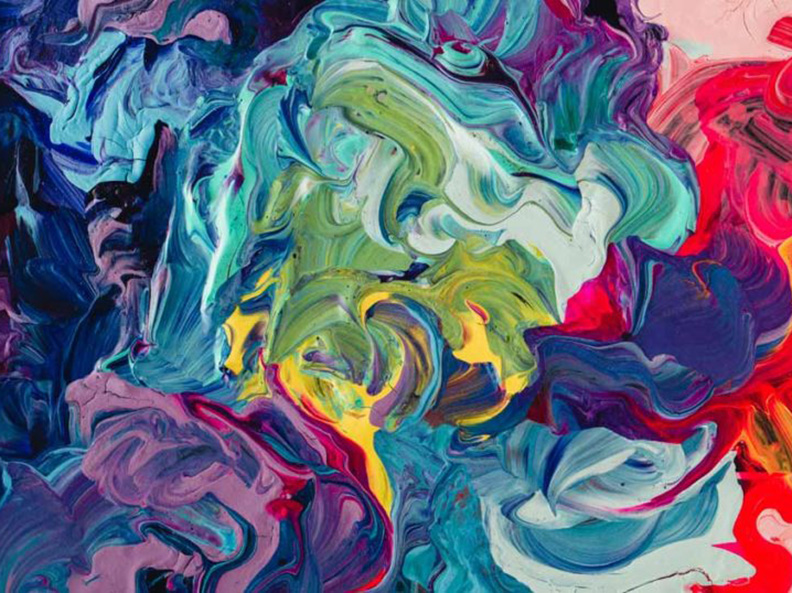What is art therapy?
Art therapy is a mental health profession in which clients, facilitated by the art therapist, use art media, the creative process, and the resulting artwork to explore their feelings, reconcile emotional conflicts, foster self-awareness, manage behavior and addictions, develop social skills, improve reality orientation, reduce anxiety, and increase self-esteem. A goal in art therapy is to improve or restore a client’s functioning and his or her sense of personal well-being. Art therapy practice requires knowledge of visual art (drawing, painting, sculpture, and other art forms) and the creative process, as well as of human development, psychological, and counseling theories and techniques. Today art therapy is widely practiced in a wide variety of settings including hospitals, psychiatric and rehabilitation facilities, wellness centers, forensic institutions, schools, crisis centers, senior communities, private practice, and other clinical and community settings. During individual and/or group sessions art therapists elicit their clients’ inherent capacity for art making to enhance their physical, mental, and emotional well-being. Research supports the use of art therapy within a professional relationship for the therapeutic benefits gained through artistic self-expression and reflection for individuals who experience illness, trauma, and mental health problems and those seeking personal growth.

